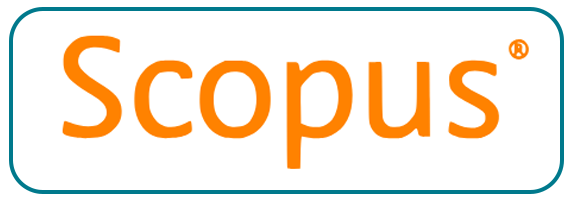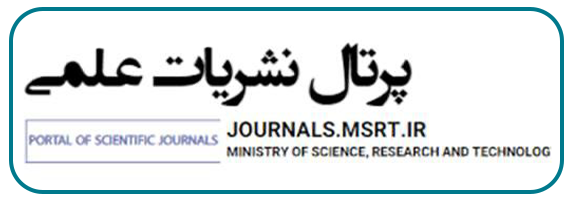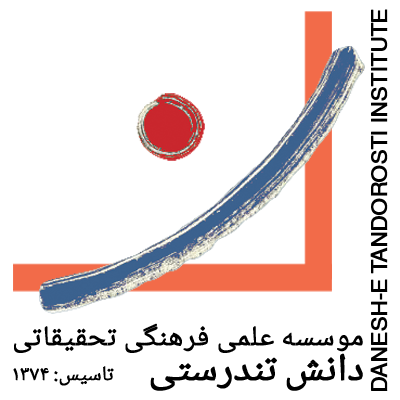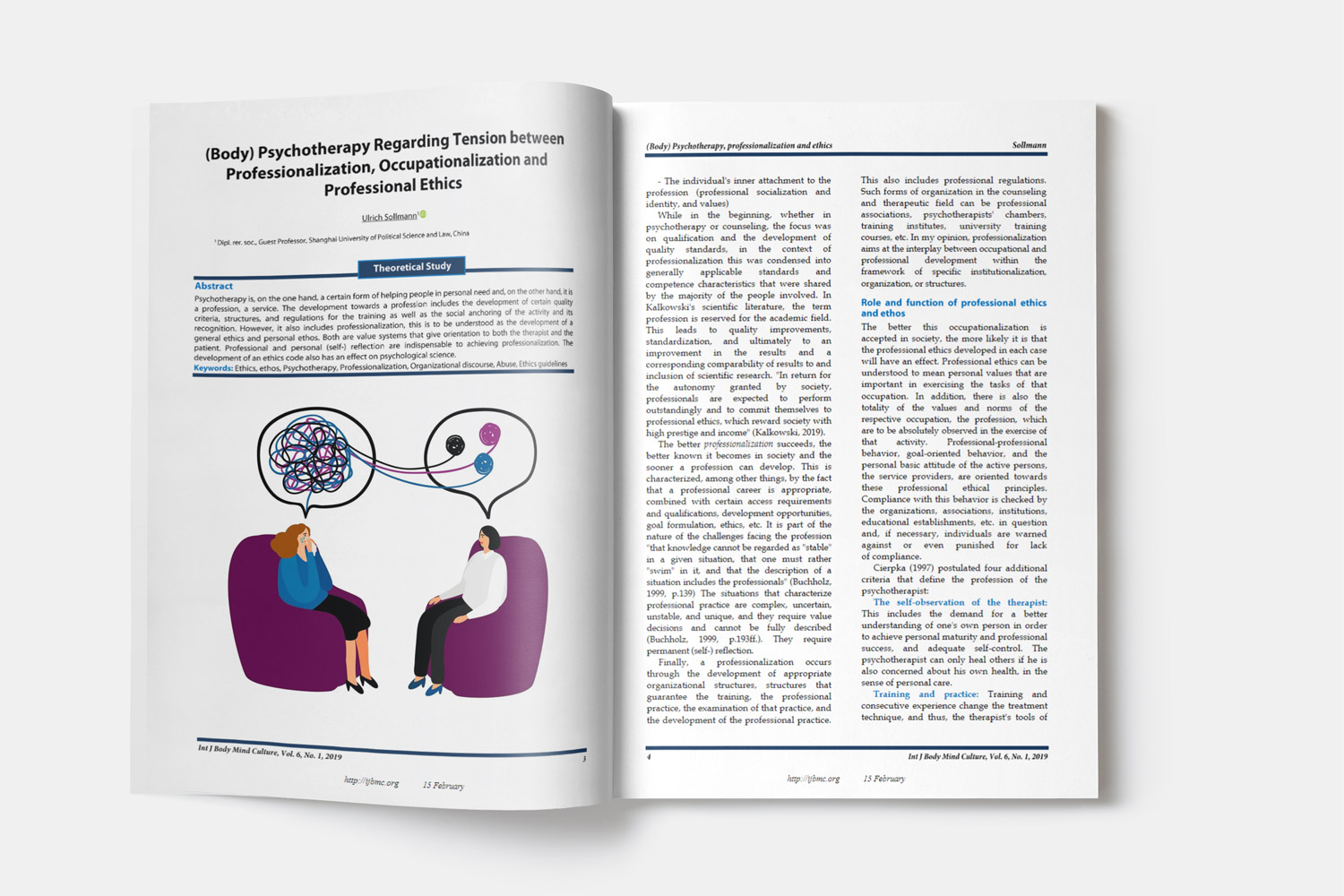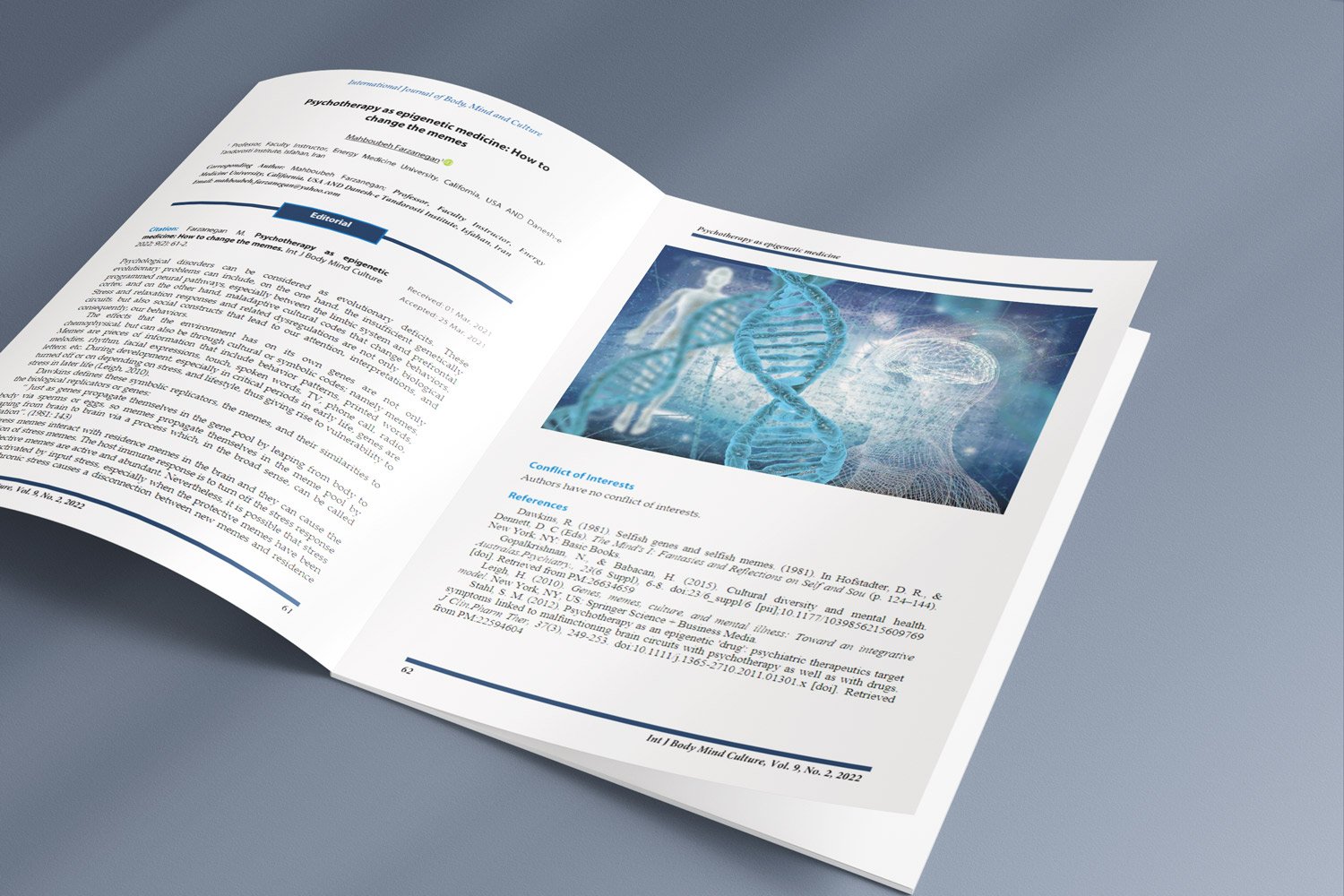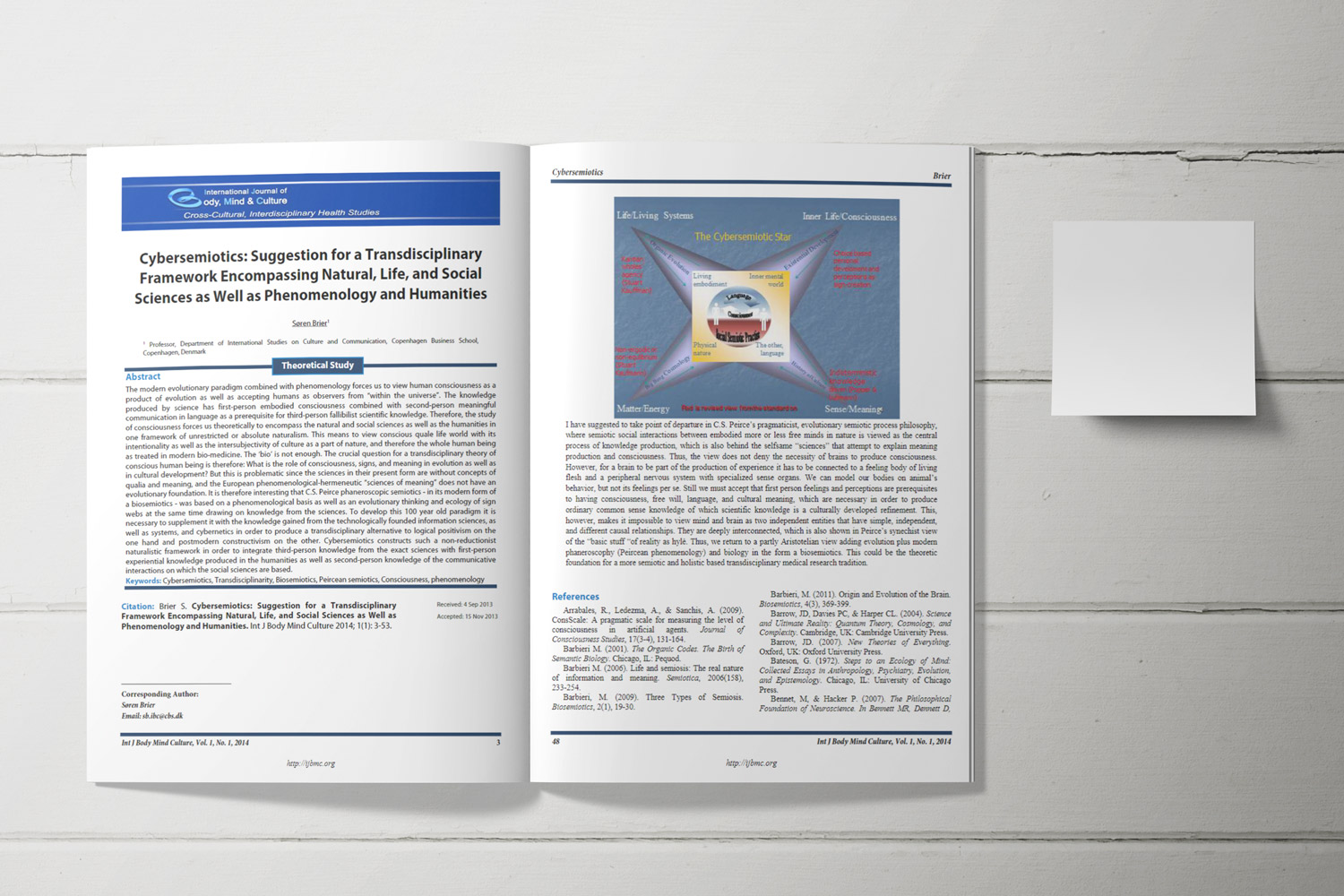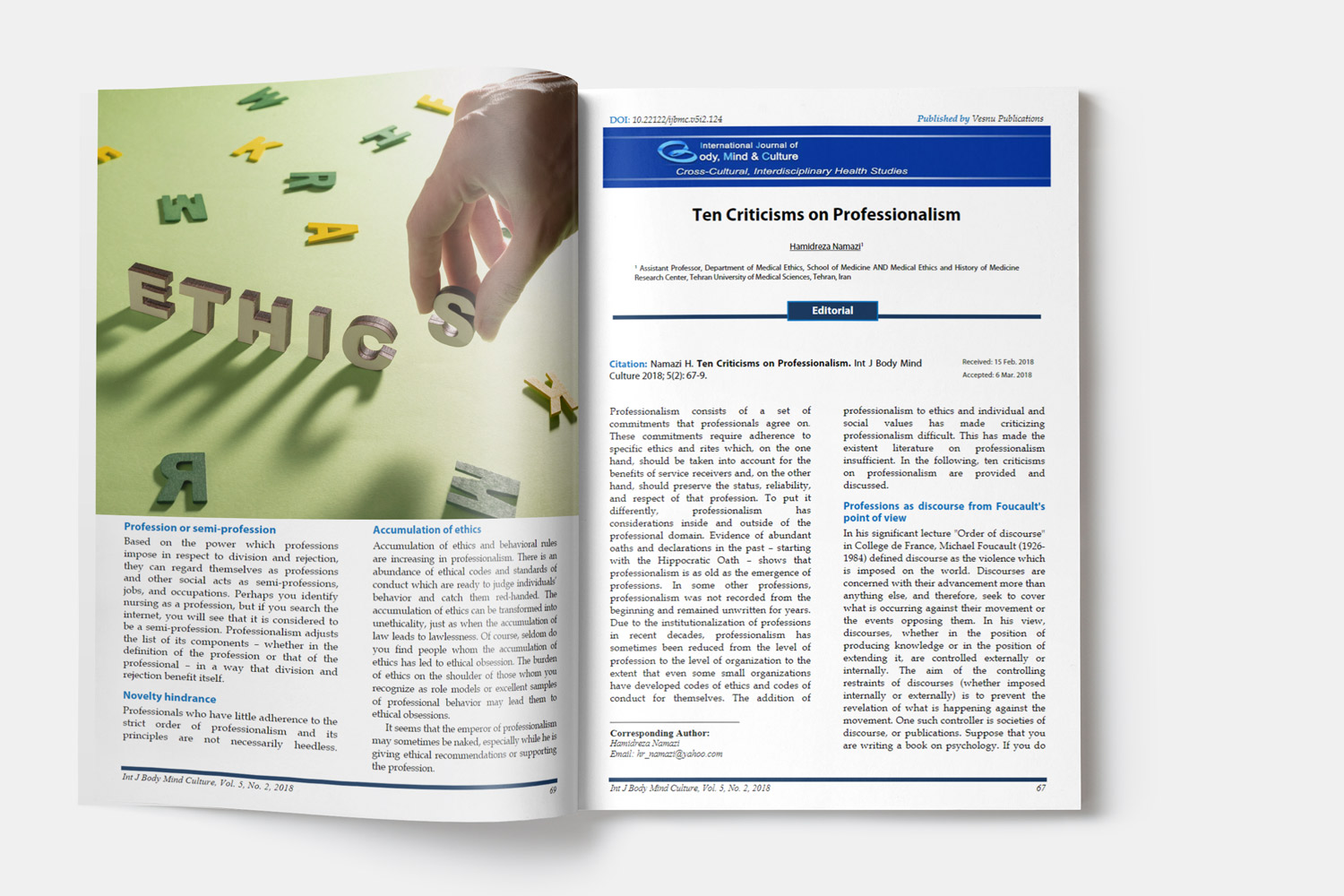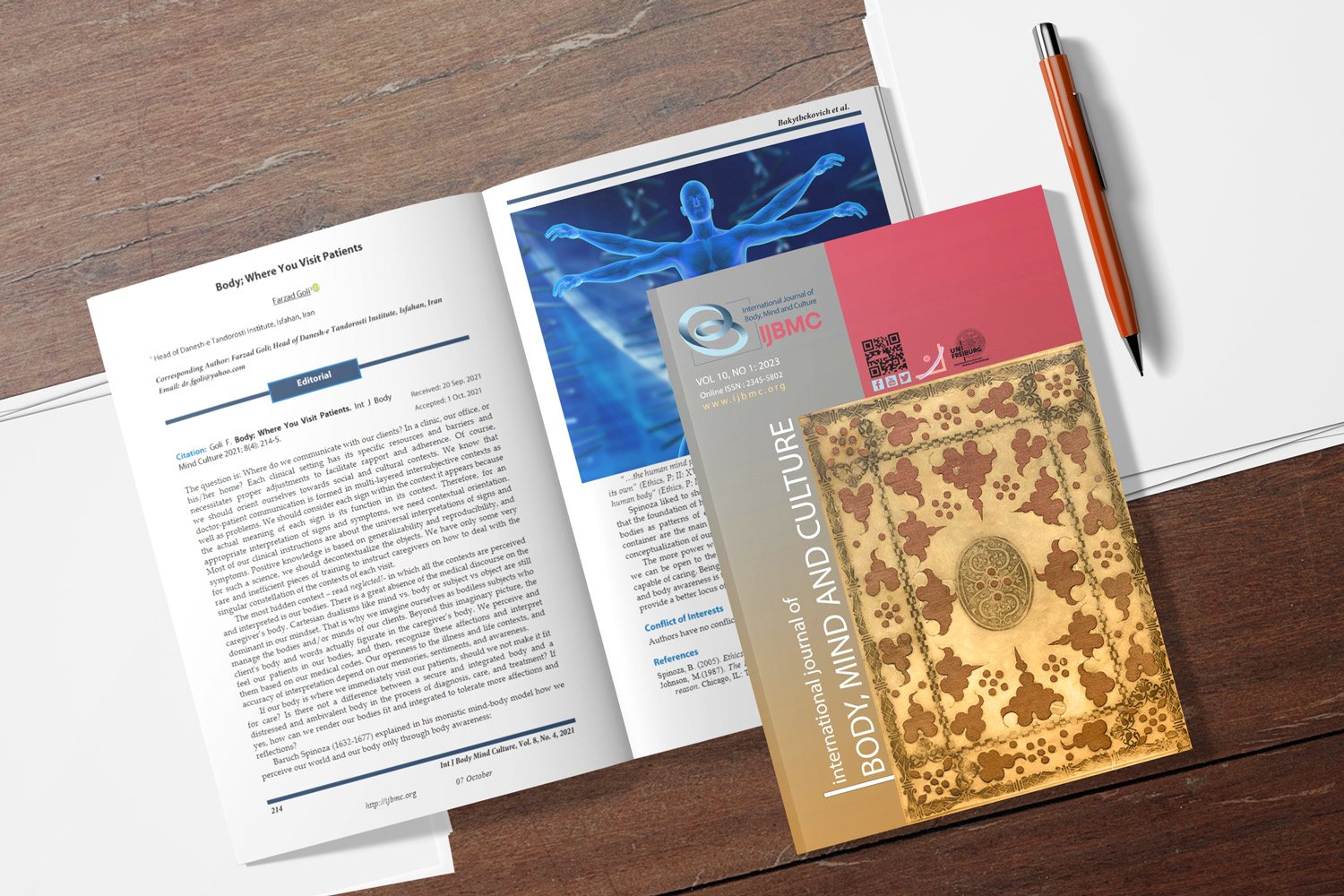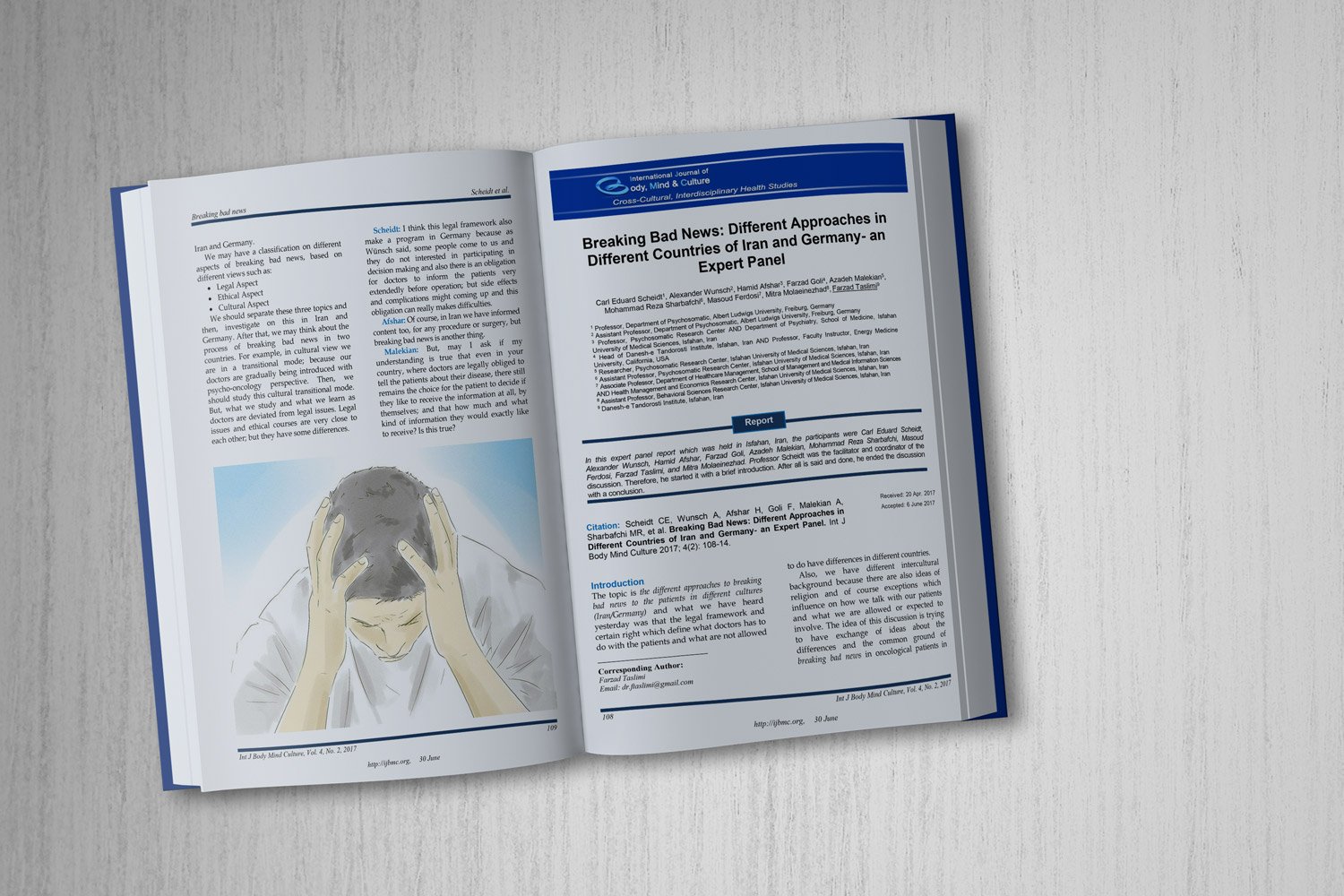The Effect of Acceptance and Commitment Therapy on Cognitive Emotion Regulation and Emotional Inhibition in Girls with Non-Suicidal Self-injury
The Effect of ACT on girls with non-suicidal self-injury
Downloads
Background: Non-suicidal self-injury (NSSI) is prevalent in adolescent populations worldwide. Emotion dysregulation and emotional inhibition are believed to contribute to NSSI. This study assessed the impact of acceptance and commitment therapy (ACT) on cognitive emotion regulation and emotional inhibition in self-injurious preadolescents.
Methods: The present semi-experimental study was conducted with a pretest-posttest design and a control group. The statistical population of the study included all preadolescent girls with NSSI who had been referred to Tehran Counseling Center , Tehran, Iran, in 2019. A purposeful sampling method was used to select 30 preadolescent girls with NSSI for this controlled study. The participants were randomly divided into two experimental and control groups (15 participants per group) to attend weekly training sessions. The data collection tools used included the Deliberate Self-Harm Inventory (DSHI; Gratz, 2001) and Emotion Regulation Questionnaire (ERQ; Gross & John, 2003). The experimental group then underwent ACT (Cardaciotto, Herbert, Forman, Moitra, & Farrow, 2008) for 8 weekly 90-minute sessions, whereas the control group received no training. The collected data were analyzed using SPSS software.
Results: The results showed that ACT was effective on cognitive emotion regulation (F = 18.09; P = 0.001) and emotional inhibition (F = 21.54; P = 0.001) in self-injurious preadolescents. Univariate analysis of covariance (ANCOVA) revealed significant differences between the study groups in terms of cognitive emotional regulation (F = 18.09; P = 0.001) and emotional inhibition (F = 21.54; P = 0.001).
Conclusion: The results showed that ACT had a positive impact on cognitive emotion regulation and emotional inhibition in adolescents with NSSI.
Downloads
Allen, K. J. D., & Hooley, J. M. (2019). Negative emotional action termination (NEAT): Support for a cognitive mechanism underlying negative urgency in nonsuicidal self-injury. Behav.Ther, 50(5), 924-937. doi:S0005-7894(19)30013-9 [pii];10.1016/j.beth.2019.02.001 [doi]. Retrieved from PM:31422848
Allen, K. J. D., Sammon, M. M., Fox, K. R., & Stewart, J. G. (2020). Emotional response inhibition: A shared neurocognitive deficit in eating disorder symptoms and nonsuicidal self-injury. Brain.Sci, 10(2). doi:brainsci10020104 [pii];brainsci-10-00104 [pii];10.3390/brainsci10020104 [doi]. Retrieved from PM:32075254
Ammerman, B. A., Sorgi, K. M., Fahlgren, M. K., Puhalla, A. A., & McCloskey, M. S. (2021). An experimental examination of interpersonal problem-solving in nonsuicidal self-injury: A pilot study. J Psychiatr.Res., 144, 146-150. doi:S0022-3956(21)00544-6 [pii];10.1016/j.jpsychires.2021.09.005 [doi]. Retrieved from PM:34628275
Boyes, M. E., Wilmot, A., & Hasking, P. A. (2020). Nonsuicidal self-injury-related differences in the experience of negative and positive emotion. Suicide Life.Threat.Behav., 50(2), 437-448. doi:10.1111/sltb.12599 [doi]. Retrieved from PM:31682015
Burke, T. A., Allen, K. J. D., Carpenter, R. W., Siegel, D. M., Kautz, M. M., Liu, R. T. et al. (2021). Emotional response inhibition to self-harm stimuli interacts with momentary negative affect to predict nonsuicidal self-injury urges. Behav.Res.Ther, 142, 103865. doi:S0005-7967(21)00064-4 [pii];10.1016/j.brat.2021.103865 [doi]. Retrieved from PM:33940222
Cardaciotto, L., Herbert, J. D., Forman, E. M., Moitra, E., & Farrow, V. (2008). The assessment of present-moment awareness and acceptance: the Philadelphia Mindfulness Scale. Assessment., 15(2), 204-223. doi:1073191107311467 [pii];10.1177/1073191107311467 [doi]. Retrieved from PM:18187399
Daukantaite, D., Lundh, L. G., Wangby-Lundh, M., Clareus, B., Bjarehed, J., Zhou, Y. et al. (2021). What happens to young adults who have engaged in self-injurious behavior as adolescents? A 10-year follow-up. Eur.Child Adolesc.Psychiatry., 30(3), 475-492. doi:10.1007/s00787-020-01533-4 [pii];1533 [pii];10.1007/s00787-020-01533-4 [doi]. Retrieved from PM:32318877
Esfahani, M. N., Hasirchaman, F., Naeini, V. S., Sharifpour, L., Boorboor, N., & Jafari, J. S. (2021). Treatment of automatic negative thoughts and non-suicidal self-injury (nssi) behavior in borderline personality disorder adolescents: dialectical behavior therapy. Int J Health Stud, 8(2), 31-35. doi:10.22100/ijhs.v8i2.900 [doi].
Ewing, L., Hamza, C. A., & Willoughby, T. (2019). Stressful experiences, emotion dysregulation, and nonsuicidal self-injury among university students. J Youth.Adolesc., 48(7), 1379-1389. doi:10.1007/s10964-019-01025-y [pii];10.1007/s10964-019-01025-y [doi]. Retrieved from PM:31025157
Ghinea, D., Fuchs, A., Parzer, P., Koenig, J., Resch, F., & Kaess, M. (2021). Psychosocial functioning in adolescents with non-suicidal self-injury: the roles of childhood maltreatment, borderline personality disorder and depression. Borderline.Personal.Disord Emot.Dysregul., 8(1), 21. doi:10.1186/s40479-021-00161-x [pii];161 [pii];10.1186/s40479-021-00161-x [doi]. Retrieved from PM:34193286
Gilbert, A. C., DeYoung, L. L. A., Barthelemy, C. M., Jenkins, G. A., MacPherson, H. A., Kim, K. L. et al. (2020). The treatment of suicide and self-injurious behaviors in children and adolescents. Curr Treat Options Psych, 7(1), 39-52, doi:10.1007/s40501-020-00201-3 [doi].
Glenn, C. R., Esposito, E. C., Porter, A. C., & Robinson, D. J. (2019). Evidence base update of psychosocial treatments for self-injurious thoughts and behaviors in youth. J Clin.Child Adolesc.Psychol., 48(3), 357-392. doi:10.1080/15374416.2019.1591281 [doi]. Retrieved from PM:31046461
Gratz, K. L. (2001). Measurement of deliberate self-harm: Preliminary data on the Deliberate Self-Harm Inventory. J Psychopathol Behav Assess, 23(4), 253-263. doi:10.1023/A:1012779403943 [doi]. doi:doi:10.1023/A:1012779403943. Retrieved from Plenum Publishing Corp.
Gross, J. J., & John, O. P. (2003). Individual differences in two emotion regulation processes: implications for affect, relationships, and well-being. J Pers.Soc Psychol., 85(2), 348-362. doi:10.1037/0022-3514.85.2.348 [doi]. Retrieved from PM:12916575
Hasani, J. (2016). Persian version of the Emotion Regulation Questionnaire: Factor structure, reliability and validity. Int J Behav Sci, 10(3), 108-113.
Hayes, S. C., Strosahl, K. D., & Wilson, K. G. (1999). Acceptance and commitment therapy: An experiential approach to behavior change. New York, NY, US: Guilford Press.
Heath, N. L., Carsley, D., De Riggi, M. E., Mills, D., & Mettler, J. (2016). The relationship between mindfulness, depressive symptoms, and non-suicidal self-injury amongst adolescents. Arch.Suicide Res., 20(4), 635-649. doi:10.1080/13811118.2016.1162243 [doi]. Retrieved from PM:26984524
Izakian, S., Mirzaian, B., & Hosseini, S. H. (2019). The effectiveness of acceptance and commitment therapy on emotion dysregulation and self-compassion among self-harm students. Journal of Thought and Behavior in Clinical Psychology, 14(53), 17-26.
Keshtkar, F., Naziri, G., Mohammadi, M., & Fath, N. (2021). The effectiveness of acceptance and commitment-based therapy on aggression and cognitive flexibility of female students with self-injurious behavior in high school in Shiraz. Community Health Journal, 15(4), 79-88. doi:10.22123/CHJ.2022.294676.1745 [doi].
Liao, C., Gu, X., Wang, J., Li, K., Wang, X., Zhao, M. et al. (2022). The relation between neuroticism and non-suicidal self-injury behavior among college students: Multiple mediating effects of emotion regulation and depression. Int J Environ.Res.Public.Health, 19(5). doi:ijerph19052885 [pii];ijerph-19-02885 [pii];10.3390/ijerph19052885 [doi]. Retrieved from PM:35270578
Liu, R. T., Walsh, R. F. L., Sheehan, A. E., Cheek, S. M., & Sanzari, C. M. (2022). Prevalence and correlates of suicide and nonsuicidal self-injury in children: A systematic review and meta-analysis. JAMA.Psychiatry, 79(7), 718-726. doi:2792812 [pii];yoi220031 [pii];10.1001/jamapsychiatry.2022.1256 [doi]. Retrieved from PM:35612875
Mayo, L. M., Perini, I., Gustafsson, P. A., Hamilton, J. P., Kampe, R., Heilig, M. et al. (2021). Psychophysiological and neural support for enhanced emotional reactivity in female adolescents with nonsuicidal self-injury. Biol.Psychiatry Cogn Neurosci Neuroimaging, 6(7), 682-691. doi:S2451-9022(20)30346-3 [pii];10.1016/j.bpsc.2020.11.004 [doi]. Retrieved from PM:33541848
Najian, A., Kachooei, M., & Farahani, H. (2022). Online mentalization-based treatment on negative affection and non-suicidal self-injury in adolescence. Journal of Research in Psychopathology, 3(8), 34-40. doi: 10.22098/JRP.2022.10449.1075 [doi]. Retrieved from https://jrp.uma.ac.ir/article_1586.html
Nobakht, H. N., & Dale, K. Y. (2017). The prevalence of deliberate self-harm and its relationships to trauma and dissociation among Iranian young adults. J Trauma.Dissociation., 18(4), 610-623. doi:10.1080/15299732.2016.1246397 [doi]. Retrieved from PM:27736465
Peters, E. M., Baetz, M., Marwaha, S., Balbuena, L., & Bowen, R. (2016). Affective instability and impulsivity predict nonsuicidal self-injury in the general population: A longitudinal analysis. Borderline.Personal.Disord Emot.Dysregul., 3, 17. doi:51 [pii];10.1186/s40479-016-0051-3 [doi]. Retrieved from PM:27999677
Westlund, S. M., Klimes-Dougan, B., Mueller, B. A., Eberly, L. E., Reigstad, K. M., Carstedt, P. A. et al. (2017). Multi-modal neuroimaging of adolescents with non-suicidal self-injury: Amygdala functional connectivity. J Affect.Disord, 221, 47-55. doi:S0165-0327(16)31545-2 [pii];10.1016/j.jad.2017.06.004 [doi]. Retrieved from PM:28628767
Wilks, C. R., Gurtovenko, K., Rebmann, K., Williamson, J., Lovell, J., & Wasil, A. R. (2021). A systematic review of dialectical behavior therapy mobile apps for content and usability. Borderline.Personal.Disord Emot.Dysregul., 8(1), 29. doi:10.1186/s40479-021-00167-5 [pii];167 [pii];10.1186/s40479-021-00167-5 [doi]. Retrieved from PM:34857035
Witt, K. G., Hetrick, S. E., Rajaram, G., Hazell, P., Taylor Salisbury, T. L., Townsend, E. et al. (2021). Psychosocial interventions for self-harm in adults. Cochrane.Database.Syst.Rev., 4(4), CD013668. doi:CD013668.pub2 [pii];10.1002/14651858.CD013668.pub2 [doi]. Retrieved from PM:33884617
Copyright (c) 2023 International Journal of Body, Mind and Culture

This work is licensed under a Creative Commons Attribution-NonCommercial 4.0 International License.

